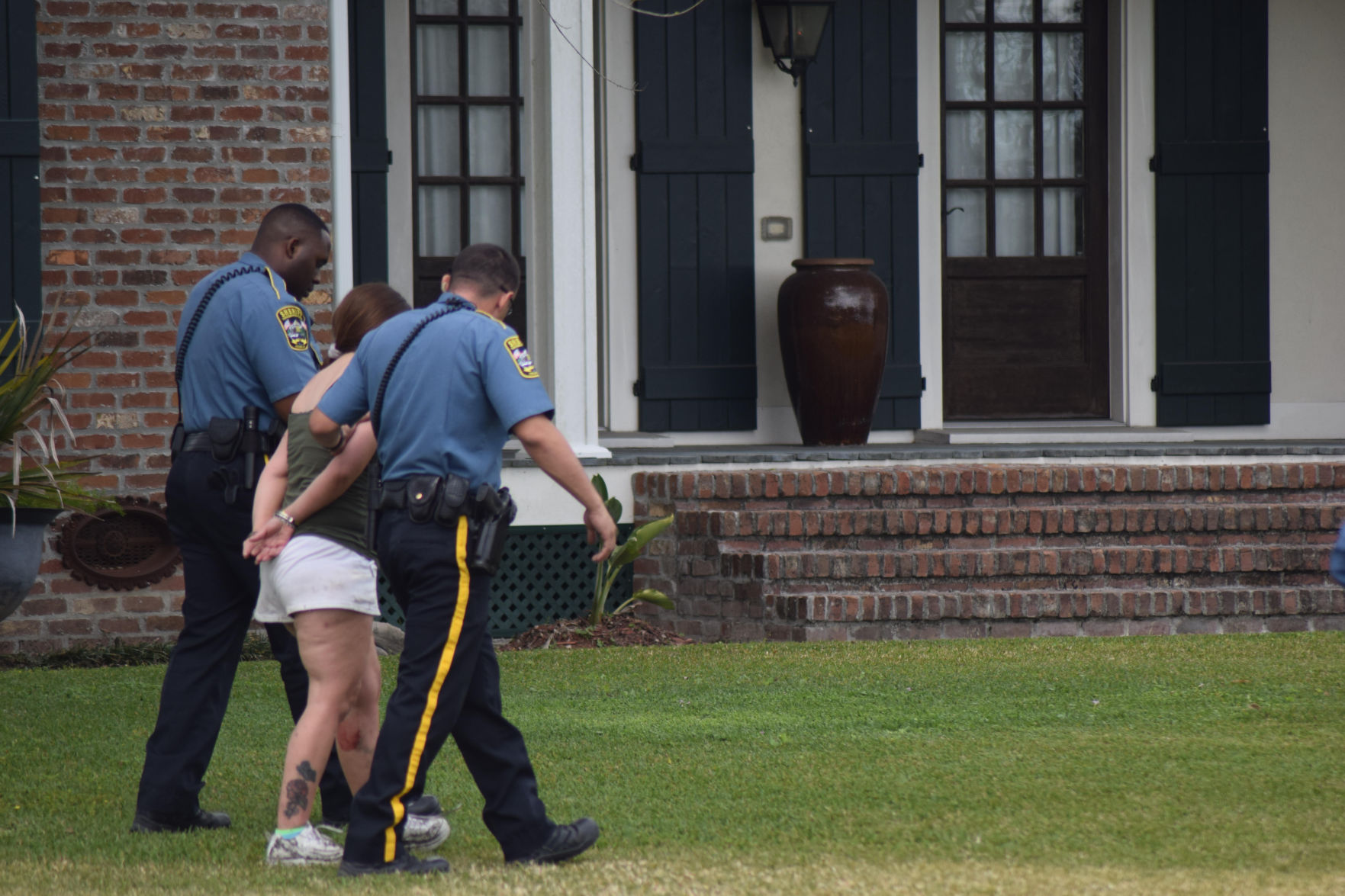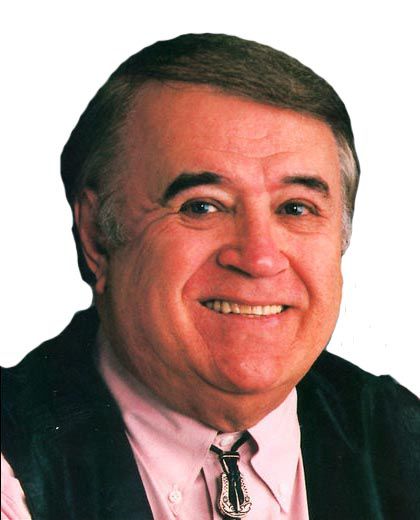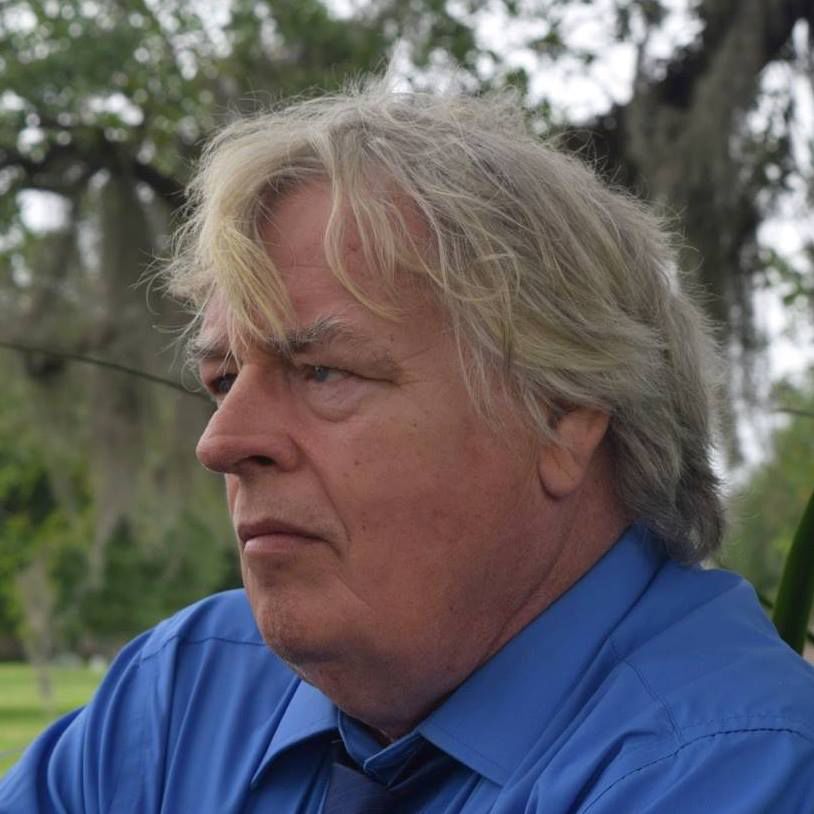
DA’s wary of justice recommendations
April 11, 2017
A little history into the story of my life
April 11, 2017I first arrived in Louisiana more than a quarter century ago, a brash and presumptuous Yankee, blessed by the fact that many people were patient enough to teach me some manners and begin the slow process of self-civilization.
Back then I was amazed by the differences between my former environment and the one in this state that adopted me, and I embraced rather than shunned most of them. The work-a-day marvels of this part of the world that so many people seem to take for granted were for me exotic trappings of a whole new life.
Among those marvels was the creature formally referred to as alligator mississippiensis, the long-snouted carnivore that lurks a lot closer than a lot of folks realize and is not relegated to remote marshes and bayou banks.
Their story in Louisiana is one of wildlife management success, indeed some might say a little too much success. Throughout the mid-20th century you could pretty much do what you wished with them. Then someone realized the numbers were plunging and in 1962 they shut it all down and the focus turned from hunting to research.
The research allowed for a Louisiana Department of Wildlife and Fisheries program to develop, and it now serves as a model for places all over the world. Limited season openings began in 1972 and by 1981 the September season was in place statewide.
Since then nearly a million alligators have been harvested. And while it may seem odd that the number of dead provides the proof of viability, there is much to be grateful for.
Over the past few years there have been a lot more nuisance calls for alligators. Alligators in driveways, alligators under cars, alligators on lawns and alligators in drainage ditches. Alligators that are nuisances may get killed or they may get released elsewhere; a lot of that is circumstantial and has a lot to do with the size and other factors. I am reminded of the phone call I got many years ago from a man I was privileged to know, the late Joe Billiot, who was a treater in Chauvin and was never one to let something as trifling as a state-imposed season regulate his behavior.
“I just killed an alligator,” he said in his baritone in a beautiful Cajun patois, pronouncing the word alli-GA-tuh. “You want some of the tail meat?”
When I questioned him about the out-of-season shoot, Mr. Joe had a ready response.
“Look, I didn’t ask dat alli-GA-tuh to come on my lawn where my little boy plays,” he said.
Point taken.
Saturday morning I was on my back porch, gazing as I do at the waters of Bayou Terrebonne, feeling the sun’s warmth and reveling in the moment, when something caught my eye.
A gray-brown patch of something was moving around in the water with some irregularity, and as it neared I realized I was looking at an alligator, the first one I have seen this year. The gator circled around, let much of itself be seen as it raised its body almost to the surface, dove and then rose again. I was witnessing a graceful, swirling dance by a creature with no knowledge of me watching. This reptilian relic of pre-history was engaged in what I can only describe as a celebration of being. And then it occurred to me.
Since I have lived here, the robin has long evaporated from my consciousness as a sure sign of spring. I am pleased to report that the robin now has a suitable replacement, because the appearance of this alligator as a harbinger of spring was for me nothing less than a blessing. It made me proud and happy – as I so often am – that I call Louisiana my home, and this alligator my neighbor.
So long as we keep respectable distance between us. ·







